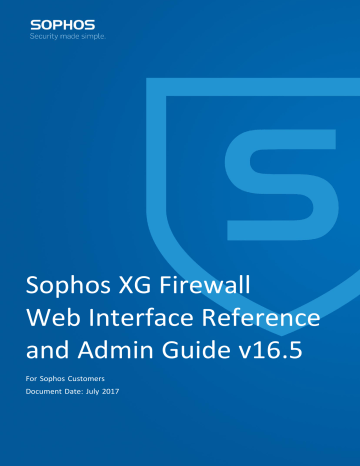| Configure | 387
AS
MsgRcvd
MsgSent
TblVer
InQ
OutQ
Up/Down
State/PfxRcd
Total number of neighbors
Local preference is one of the methods to change the path taken by one autonomous system (AS) to reach to another AS.
Local preference value indicates to AS about the path that has local preference, and one with the highest preference being preferred.
Indicates the autonomous system number.
Indicates the number of messages received from the neighbor.
Indicates the number of messages sent to the neighbor.
Indicates the last version of the BGP database that was sent to the neighbor.
Indicates the number of messages that are in queue, pending to be processed from the neighbor.
Indicates the number of messages that are in queue, pending to be sent to the neighbor.
Indicates the total time of a BGP session to remain in established state, or gives the current status of BGP session, if it is not in established state.
Indicates the state of the neighbor and the number of prefixes received.
Indicates the total number of neighbors.
PIM-SM
Interface Table
Displays all the PIM enabled interfaces and the neighbor information of each interface.
Multicasting Routing Table
Displays the information of the multicast groups joined. The information includes the source address, multicast group address, the incoming interface from which packets are accepted, list of outgoing interfaces to which packets are sent, PIM timers, flag bits etc.
RP SET
Displays RP set information which is a collection of group-to-RP mappings. This information is used to determine the RP for a multicast group and is maintained by a PIM router.
Upstream Proxy
If your enterprise contains numerous internal branches, an upstream proxy can bundle the requests from the internal network before passing the traffic on to the external network/Internet.
This page allows you to configure an upstream proxy for IPv4/IPv6.
IPv4 Parent Proxy
Parent Proxy
Click to enable the parent proxy, if the web traffic is intercepted by an upstream gateway.
If enabled, the device forwards all the HTTP requests to the parent proxy server.
Domain Name/IPv4 Address
Specify a domain name or IPv4 address for the parent proxy.
Port
Specify the port number, which is to be used for the parent proxy.
Default: 3128
Username
Specify a username for authentication.
Password
Specify a password for authentication.
Figure 371: IPv4 Parent Proxy
Click Apply.
IPv6 Parent Proxy
Parent Proxy
Click to enable the parent proxy. if the web traffic is intercepted by an upstream gateway.
If enabled, the device forwards all the HTTP requests to the parent proxy.
Domain Name/IPv6 Address
Specify a domain name or IPv6 address for the parent proxy.
Port
Specify the port number to be used for the parent proxy.
Default: 3128
Username
Specify a username for authentication.
Password
Specify a password for authentication.
| Configure | 388

